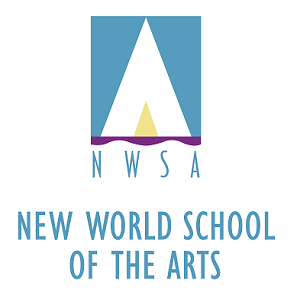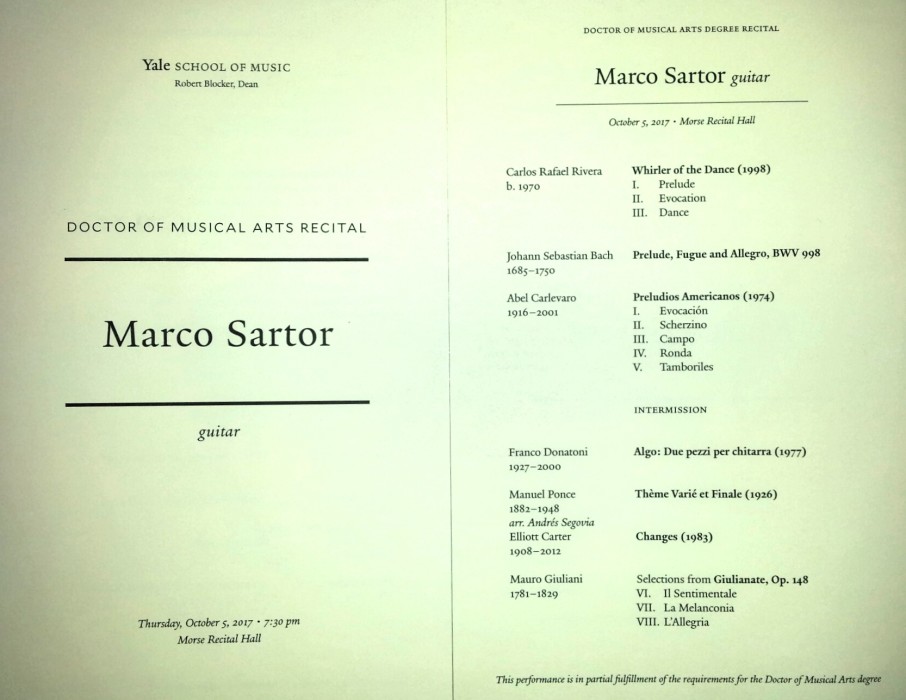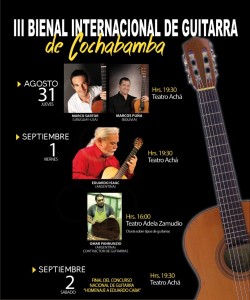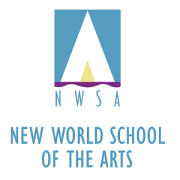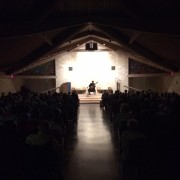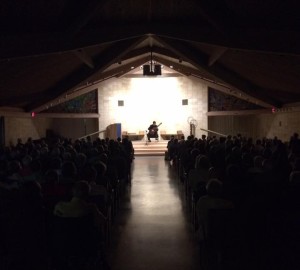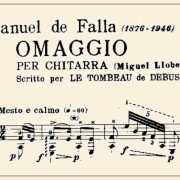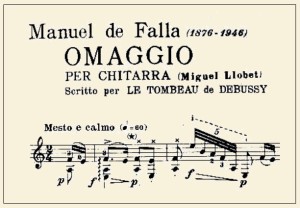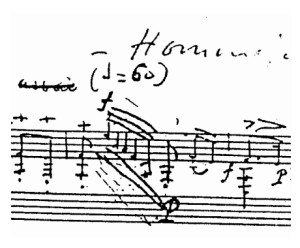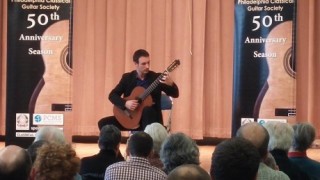A lot has been written about the creation, content and significance of Manuel De Falla’s “Ommagio per le Tombeau de Debussy.” For example, I encourage you to read Rey De la Torre’s interview and Benjamin Verdery’s reflections. After having heard this piece numerous times in concerts and lessons, I’d like to add some comments and ideas.
(1) The metronome indication — quarter note equals 60 — might seem a bit fast. But how much of that is simply due to habit? I think that with this widely known work it is easy to become accustomed to slower tempi, before even learning it. And since it is an elegy, there’s no fear in playing extra slowly. I would advice to give the 60-per-quarter tempo an honest try–then you can decide which tempo works for you. Notice that the piece has many x-marked notes, which are to be slightly retained, and they make the work feel a bit slower already. Also, it is interesting that in the manuscript, the 60 seems to have been corrected:
It might have been a 5 instead of a 6 (quarter note equals 50). Therefore, assuming this was a correction that De Falla or Llobet made, 50 seemed slow to them.
(2) A related point: exercise expressive restraint. This is a piece to treat with respect and “selflessness.” Since countless guitarists played and continue to play it, we might want to do something different with it–make it our own. Thus we are easily lured to make it more dramatic: vibrate more here, stay a bit longer there, stretch the rubato here, roll a chord very slowly there, etc. But everything in the work is meticulously instructed; De Falla indicated the dynamic inflection for every gesture and specified articulations almost to a pointillist level (legatos, staccatos, accents, tenutos, and even the explained “x” notes). If there is a piece that we should all articulate and phrase similarly, this is it. Furthermore, remember the reflective, contemplative character of this tombeau, far removed from passionate outbursts (after all, quite an “impressionist” attitude). So adhere to the printed score; there are other pieces where to showcase one’s interpretative imagination. (Plus, isn’t it particularly bad taste to use an elegy, a reflection on someone’s memory, for our own display?)
(3) The “x” articulation marks sometimes happen over staccato basses, as can be seen in the picture above. Many times both melody and basses are articulated in the same way (staccato). Think orchestrally; consider maybe damping the bass notes (think of plucked cellos or timpani) and keeping the melodic “x” notes legato (as violas or violins would do).
(4) Think of the work as an homage to the guitar as well! In fact, De Falla reflected on the influence that the instrument had in Debussy’s music, for example in the Prelude No.9, “Sérénade Interrompue” (whose opening, by the way, might ring a bell). Many of the chords in the Homage, for example, are built upon fourths, echoing the guitar’s tuning. But we might also find a subliminal homage to the guitar in the structure of the piece: significant sections of the music are punctuated around the pitches of the open strings. The work’s opening motive rests on E, and expands a fourth, reaching a tenuto A (m.6). The forte at measure 8 introduces D, which becomes the center of the melody for a few bars. At m.19, another forte reaches a high G, yet another ascending fourth, where the melody revolves for a few bars again. And at measure 30, a molto ritmico section starts, now making B the central pitch and taking us through new material. Since the guitar has another E on the first string, is it coincidence that the piece repeats its opening on measure 49? Or that E is the final note?
(5) Although technically demanding, it would be important to create a campanella effect from measure 37 onwards, holding the downbeats B and C (and D in measure 39) over their “echo” repetitions. Rey de la Torre talks about the importance of this effect in the aforelinked interview. Furthermore, the guitar writing hides their true long values as well, showing them as sixteenth notes. The piano edition does show them as double notes:
These held notes are but a clear outgrowth of the theme. The campanella can bring them out and render true significance to the forte-piano indications. Although demanding, it is possibly to do it effectively with the following fingering:
(6) The quote on measure 63, from Debussy’s “La Soirée Dans Grenade,” is exquisite; more than just a witticism by De Falla. Placed at the end of the piece, it is particularly effective as a final salute to the French composer. It is a game of cross references: a quote from another habanera (which is what the Homage is), with a Spaniard quoting a French composer writing Spanish music. It is also a perfect snippet to quote Debussy; it involves two parallel chords that belong to a whole-tone collection, both “trademarks” of the French composer. It sounds Debussyian even to those who do not recognize the quote. Finally, it is not isolated within the piece; it reminisces the harmonically remote section in mm. 45-48, where the bass movement G#-C# appeared as Ab-Db.
Such a great piece! I hope some of these comments renew your appreciation of it.

